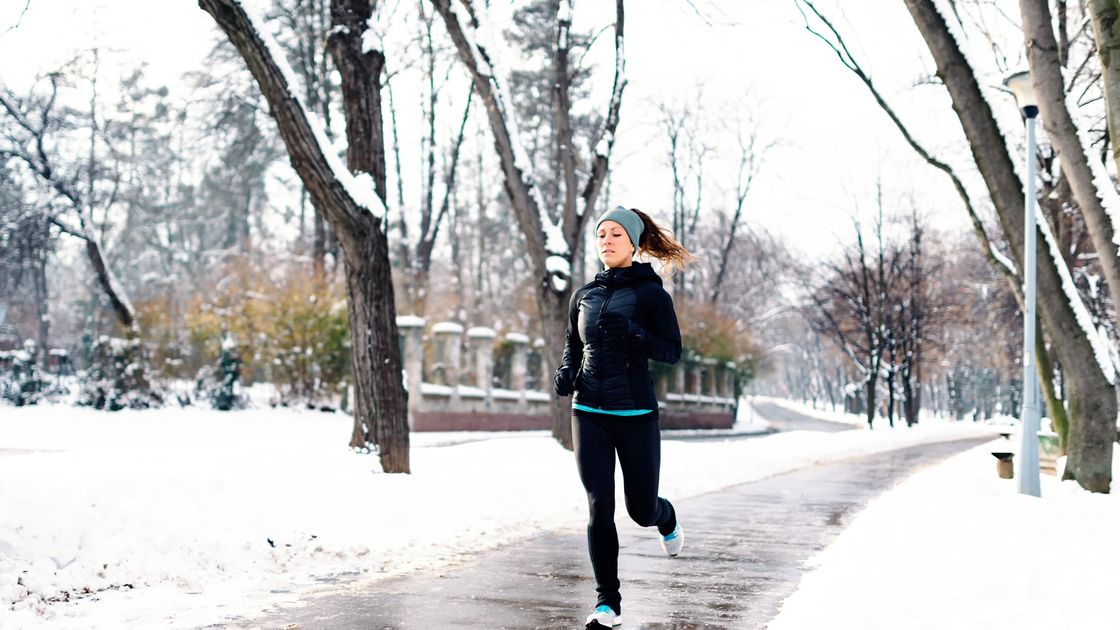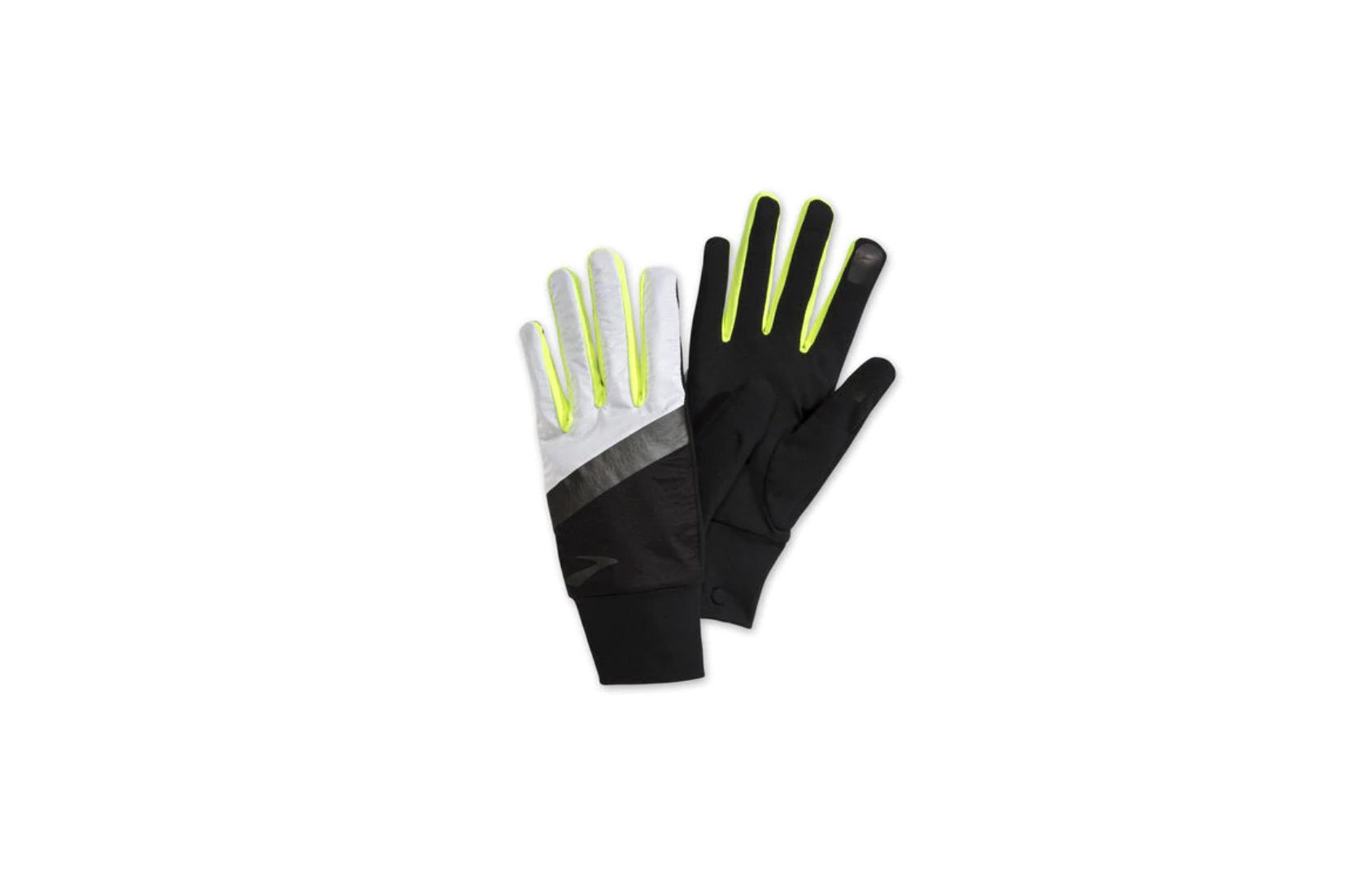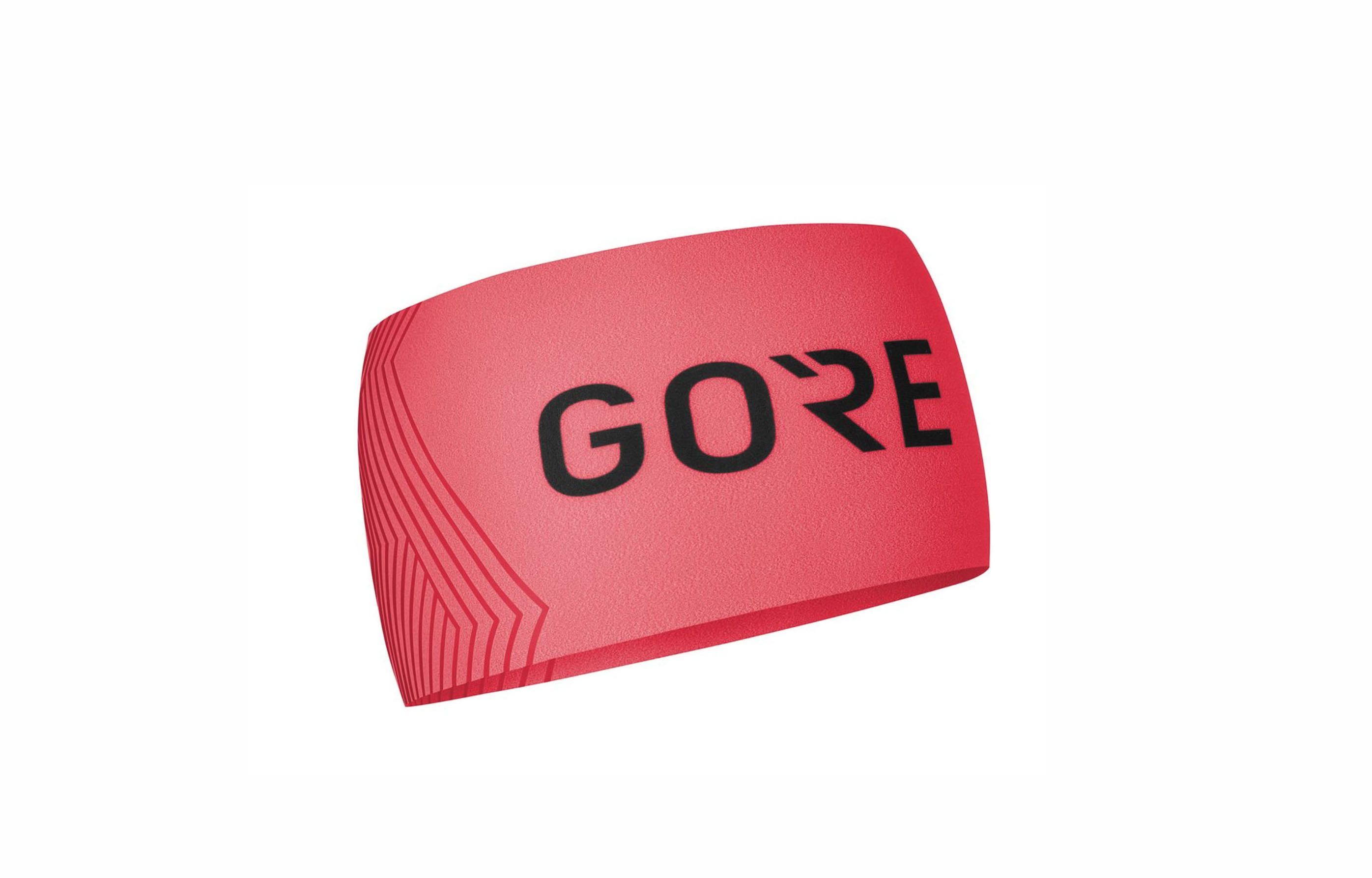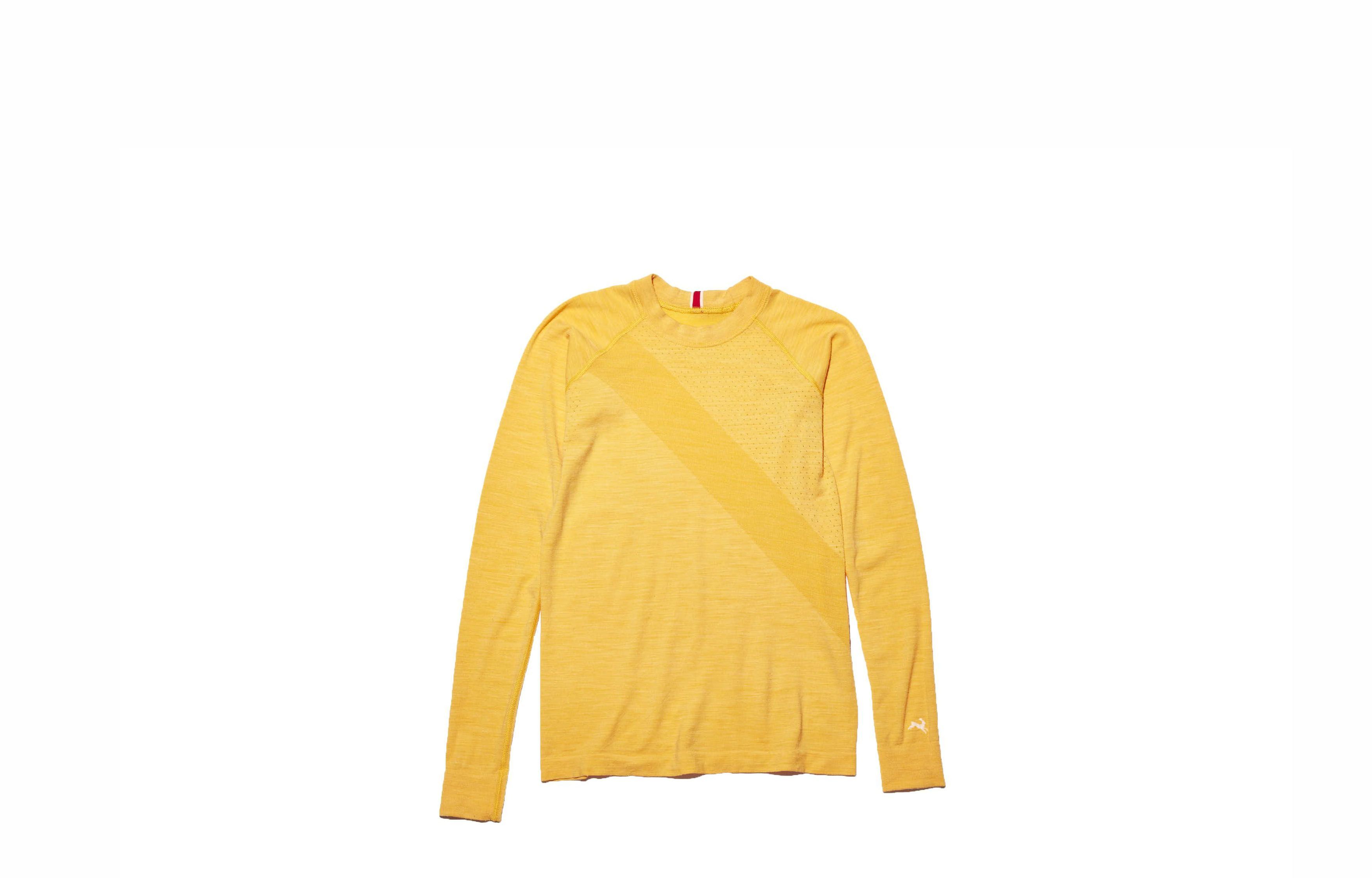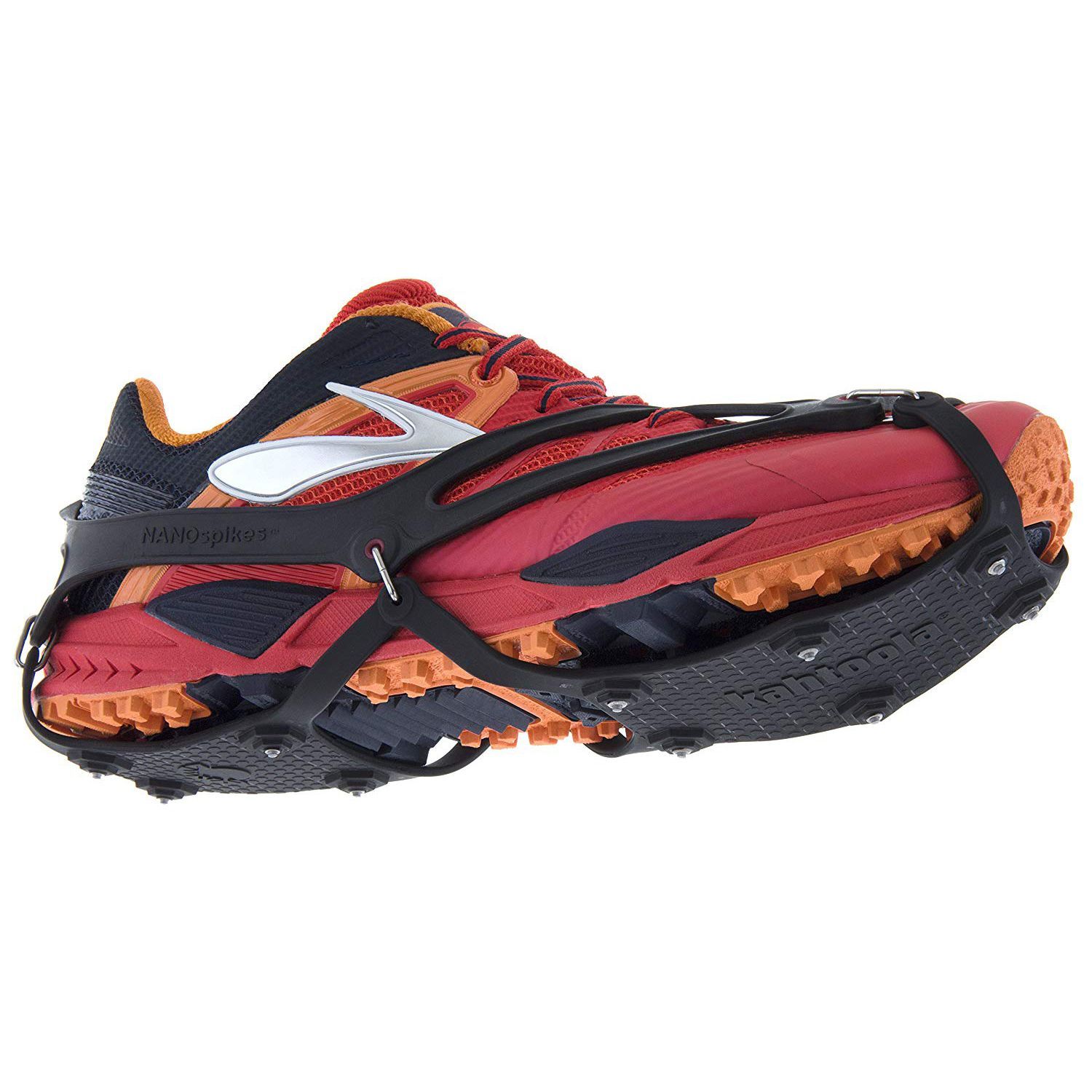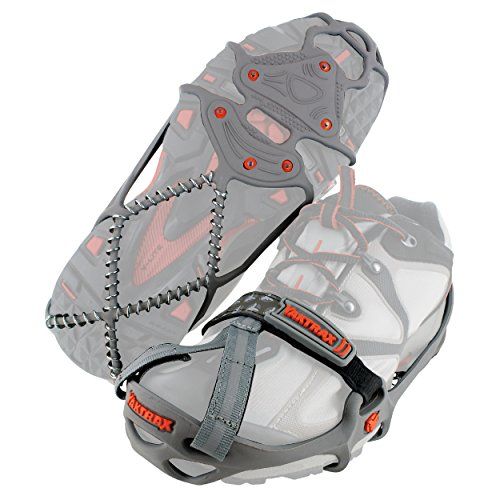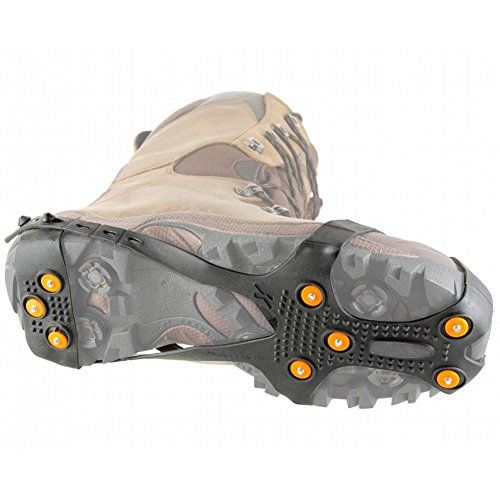One of the best parts about road running for many people is the fact you can zone out without stressing about where you’ll put your feet—barring any major potholes or surprise bumps. At least that’s how road running is until the first snow covers your street or sidewalk in slush and ice, turning your smooth stride into something more like a baby deer’s first stumbling steps.
But winter weather doesn’t mean you have to take your runs indoors. It just takes a little extra planning and awareness versus simply lacing up and heading out.
“The key to running safely on snow and ice is to remember it will take a heck of a lot more energy than running without snow, and you will need to think ahead and modify your pace,” says Jenny Hadfield, running coach and author of Running for Mortals. “Although you will likely not run your fastest on snow and ice, you will certainly get a tough run in and one that will challenge your strength, balance, and focus.”
Here’s what you need to be aware of about running in snow—and on ice!—to keep running outside all season long.
Know Your Snow
Not every run in the snow is created equal.
“The best snow to run on is that slightly wet, heavy snow [the kind you use to build snowmen], while the worst, obviously, is slush and ice,” adds Meghan Kennihan, a USATF- and RRCA-certified running coach. Be careful when rain turns to snow, she adds, because that wet layer underneath can freeze and be secretly slippery under the fresh snowfall.
You should also always be on the lookout for snow-covered cracks and holes in the road—that’s why running a familiar route may be a better idea in extreme conditions, says Steve Stonehouse, USATF-certified coach and the Director of Education for STRIDE. You’ll be more familiar with the dips in the sidewalk and high/low curbs, he explains. And stick to the roads. “They’ll always be a little safer in the snow than trails, where the ground can be more unpredictable,” he says.
Adjust Your Stride
Running on slippery snow and ice surfaces is going to significantly affect the way you run. First off, it can be a major balance challenge. “Taking long, normal strides in the snow means your foot will be landing in front of your body, and that makes it harder to stabilize and easier to slip,” says Kennihan. Instead, Stonehouse suggests taking shorter, quicker steps, keeping your feet under your center of gravity (i.e. your hips) to avoid losing traction.
You’ll also run on snow and ice more efficiently if you run with your feet close to the ground, which helps eliminate vertical bounce. “This will reduce the risk of slipping and falling or straining a muscle if you slide slightly,” says Kennihan.
Don’t be afraid to throw your planned pace out the window and slow down if that’s what it takes to get your run in without upping your injury risk. “When in doubt, walk through an icy stretch—it beats getting hurt slipping on ice,” says Hadfield. “You can also slow down and use a gliding, skating step as well.”
Respect the Workout
Hey, guess what: It’s okay to cut your mileage in snowy conditions! You’ll be working much harder than you would be during normal runs, says Kennihan, so just take it easy and pay attention to your footsteps instead of pushing yourself to your limits.
Afterward, “you may be sore in muscles you didn’t even know you had,” says Hadfield. “Running in snow and ice requires your stabilizing muscles on the inner and outer legs to work twice as hard as they work to keep you upright.” Make sure you give yourself a full-body stretch after snowy runs to help reduce soreness, adds Kennihan.
You’d be smart to ease your way into snow running, too. “Alternate an outdoor snow run with an indoor treadmill run for a few weeks until your body adapts to the greater demands,” says Hadfield.
What to Wear on Your Feet
You don’t need a specific kind of shoe when running in snow, says Stonehouse—“you should be good to run in your normal training shoes if you’re extra careful of where you step as you run.” That said, a winterized shoe with a waterproof upper and an outsole with grippy lugs will go a long way in making your feet feel better (and you feel more confident) on a snowy run.
A traction device like Yak Trax can also give you better grip and stability in an inch or more of snow, says Kennihan. You should avoid wearing them on pavement or concrete, but carry them with you if you know you’re going to end up on a snow-packed path or trail.

